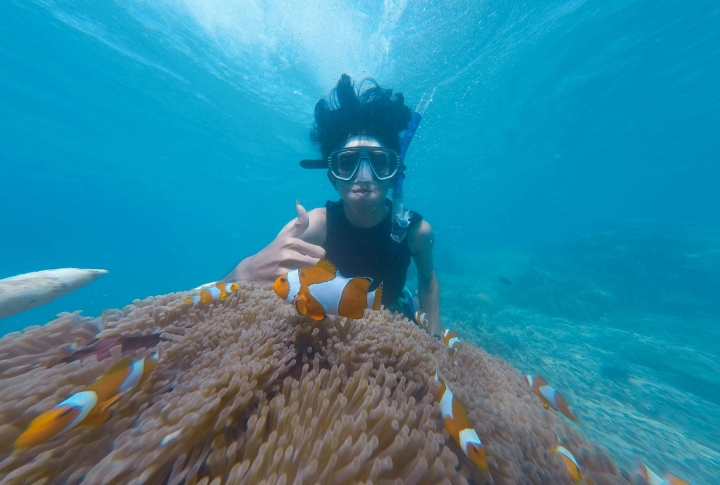
Visiting the Virgin Islands in the U.S. is always a treat, but the timing of your trip can make all the difference. Choosing the right season can take your experience from enjoyable to truly unforgettable. To help you plan, here are 10 expert tips to ensure your timing is just right.
Understand the Seasonal Weather Patterns
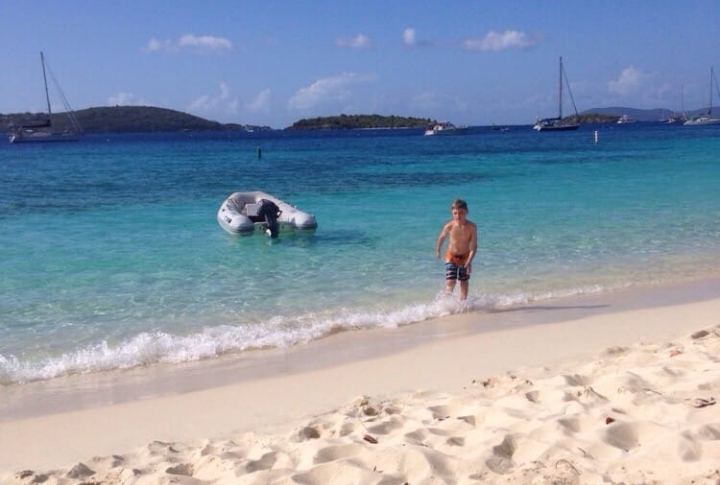
Rain or shine? The dry season (December to April) is the island’s golden period, boasting sunny days perfect for lounging on beaches. In contrast, the wet season sees sporadic rainfall, but mornings often stay clear. April’s low rainfall makes it a favorite for travelers seeking balance.
Take a Sunrise Hike for an Unforgettable Island View
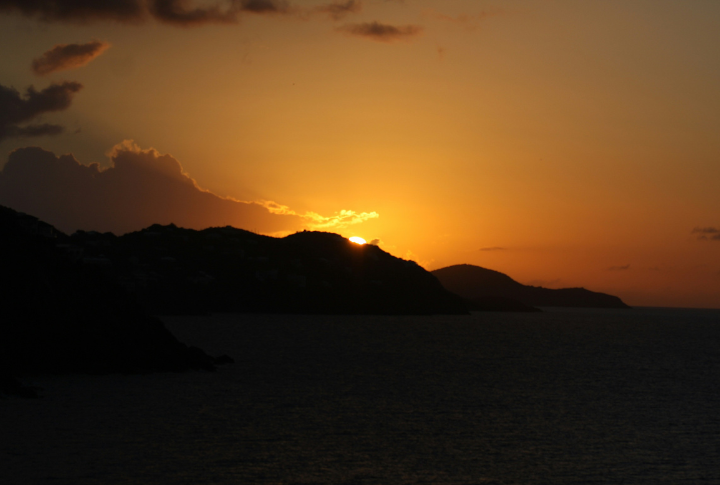
The mornings of the U.S. Virgin Islands, especially in cooler months like February and March, are perfect for hiking. Trails like the Reef Bay Trail in St. John offer breathtaking sunrise views and showcase the islands’ lush landscapes before the day heats up. Early morning hikes also mean fewer crowds.
Avoid Hurricane Season for Safety and Peace of Mind
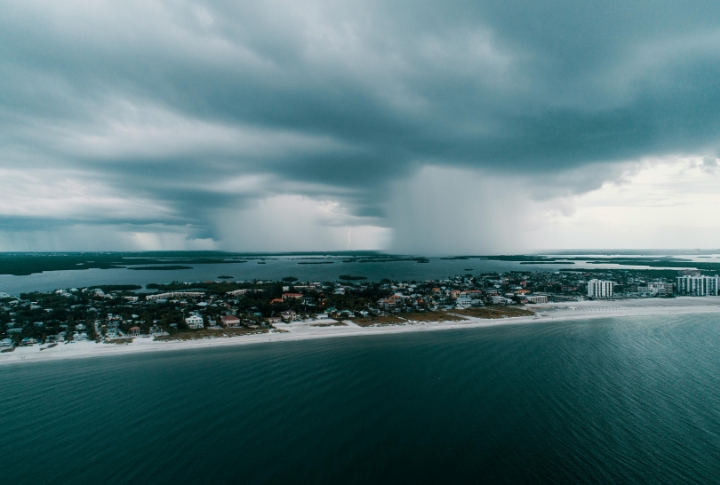
Storm warnings may ruin any trip. Hurricanes peak between August and September, disrupting plans and sometimes causing evacuations. In 2017, storms like Maria caused havoc. Avoid this risk by choosing calmer months. Keeping an eye on the National Hurricane Center guarantees a smoother adventure.
Take Advantage of Off-Peak Deals in the Low Season

Budget travelers, rejoice! May through November is wallet-friendly and offers slashed accommodation prices and quieter attractions. Early morning sunshine still graces the beaches before afternoon rains arrive. Smart timing ensures you enjoy the perks of the islands without the high costs.
Align Travel Dates with Local Festivals and Events
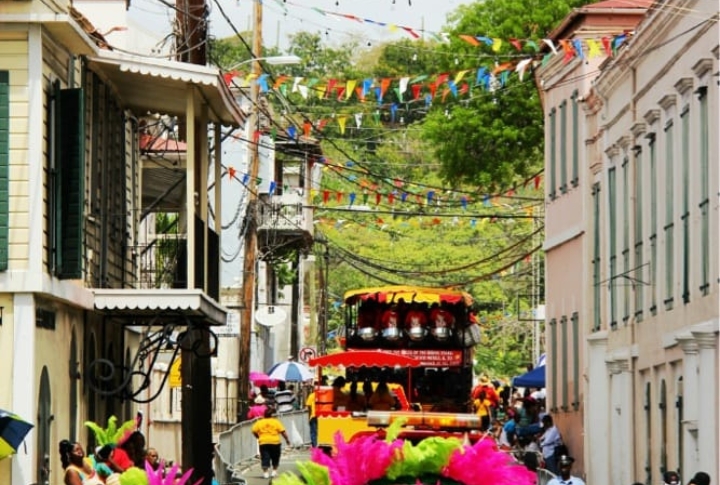
Vibrant parades, rhythmic music, and delicious island dishes bring the Virgin Islands to life during events like the St. Thomas Carnival in April and the July Emancipation Day celebrations. Travelers seeking unique experiences can plan their trips to coincide with these culturally rich festivities.
Experience Night Kayaking for a Unique Adventure
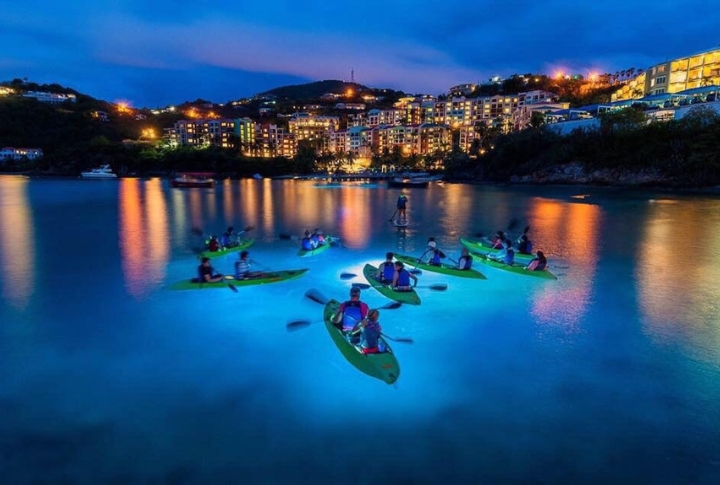
The bioluminescent bays of the U.S. Virgin Islands come alive at night, especially between December and March. Book a guided kayaking tour in St. Croix to witness glowing plankton illuminating the waters. This magical phenomenon is best seen on moonless nights, making careful timing key to an unforgettable experience.
Book Early for High Season to Secure the Best Deals

Planning pays off. Accommodations during December and January can sell out months ahead. Reserving early—ideally six months prior—secures competitive rates and preferred dates. As travel platforms suggest, early bookings during popular times can save a lot compared to last-minute plans.
Time Your Visit to Experience Prime Snorkeling Conditions

The dry season, typically from February to April, offers crystal-clear waters perfect for snorkeling. Calm seas and exceptional visibility showcase the vibrant marine life at spots like Trunk Bay and Buck Island. Visiting outside this window may mean cloudier waters, reducing the quality of the underwater experience.
Plan Around School Breaks to Avoid Family Crowds

School breaks mean packed beaches and lively resorts. Early December and mid-May are quiet gems that provide peaceful shorelines and uninterrupted exploration. Family crowds dominate during spring break and Christmas, so skipping these times ensures serenity.
Check Cruise Ship Schedules for Less Crowded Attractions

Popular attractions can become crowded when cruise ships dock, bringing large groups of visitors. Websites like Cruise Hive provide real-time port schedules and help you plan around peak influxes. Choosing quieter days ensures a more serene experience at beaches, restaurants, and local shops.
